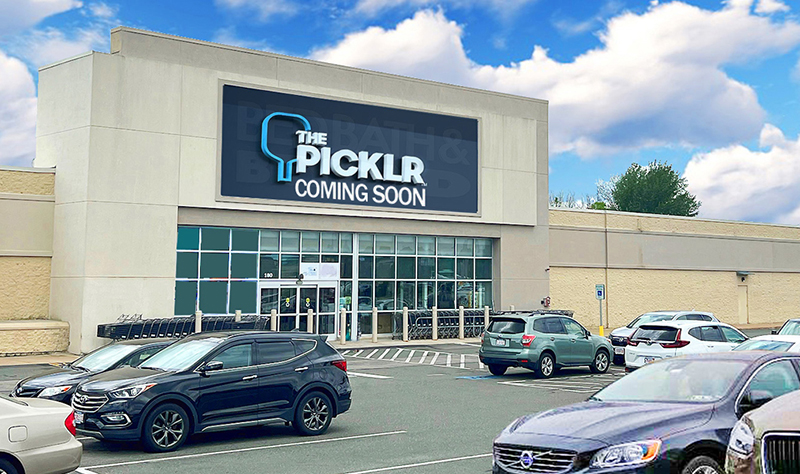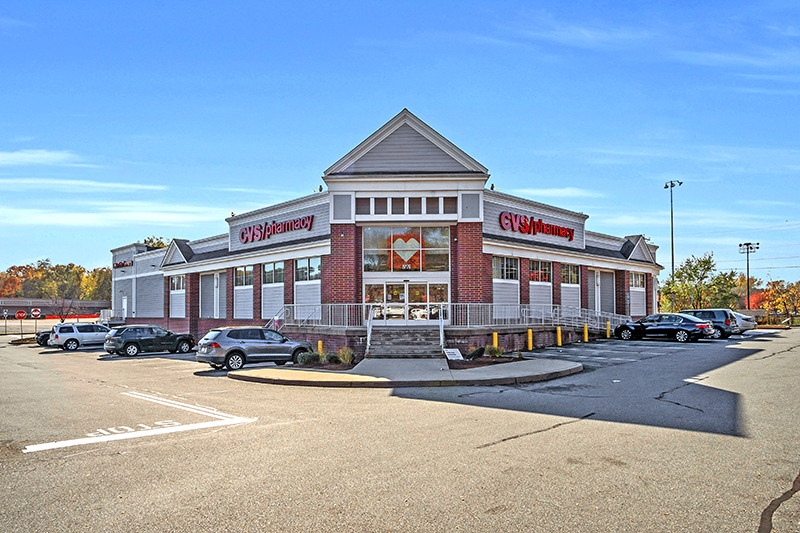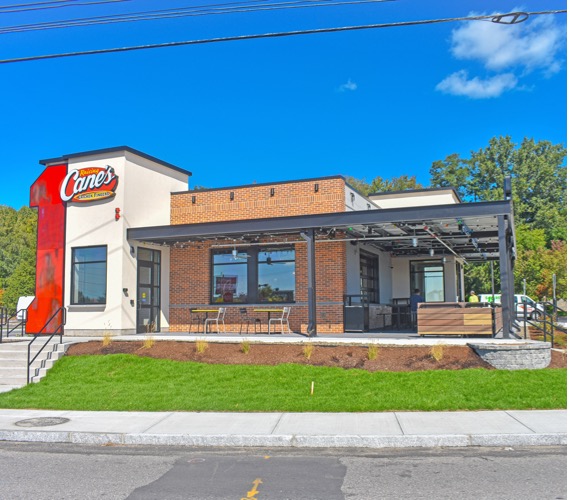Look past the mall: Retail real estate is alive and well, here is why - by Chris McMahon

Summit Realty Partners
It is not difficult these days to find negative news surrounding retail. My clients, industry peers, investors, and friends all have been asking the same question lately; just what is the current state of the retail industry and what are the impacts that the struggling retailers often mentioned in the news have on retail real estate? I often get this question when I am meeting someone for the first time. I can’t blame them for asking, as this year alone, we have seen at least 10 retailers file for bankruptcy potentially putting us on track for the worst year of retail closures since the great recession (18 retailers went bankrupt in 2009 according to CNBC).
You’d think that these constant inquiries and negative headlines would be cause for concern for me, seeing as I spend almost 100% of my working hours focused in the retail real estate business. The old saying, “all of my eggs in one basket” comes to mind… That said, I am not concerned, business is the best that it has ever been for the brokerage team at Summit Realty Partners. We are very diversified when it comes to the types of retail property we are working on and the types of tenants, buyers and sellers that we represent. Certainly the headlines cause us to take a pause, but the reality may be different.
To begin, I’d like to share some thoughts on the elephant in the room, the enclosed regional mall. This category of retail is seeing major changes and has been hit the hardest by retailers filing for bankruptcy, closing stores, irrelevant anchors, and the country being over-retailed (24 s/f per capita according to Clarion). Enclosed malls in prime areas, often referred to as “A” malls are for the most part thriving and continue to see heavy customer traffic. There are even new malls being built – think Westfield World Trade Center in NYC and American Dream Miami. These “A” malls still have their challenges, as they must fight to market themselves and bring in the very best retail and entertainment concepts to stay relevant. Many malls are now focused on prime restaurant offerings as part of their tenant mix. A great example is Simon’s multi-million-dollar investment into the Northshore Mall in Massachusetts to add a lineup of new restaurants.
It is the enclosed malls in secondary and tertiary markets that are a cause of concern for many municipalities, landlord’s, retailers, and lenders. Smaller communities around the country are home to the “B” and “C” malls which are typically around 500,000 s/f and home to 3 or 4 anchor tenants (think Sears, J.C. Penny, and Macy’s) that are supposed to drive traffic for the smaller in-line retailers. These are the retail properties that are getting hit the hardest by outdated anchor stores, e-commerce, and the current change in consumer preference. We’ll likely see many of these malls erased from the landscape over the next few years or reconfigured for new non-retail uses.
It is very important to remember that it is not all about the enclosed mall, there are actually many other categories of retail property throughout the United States and most of them are thriving with increased occupancy and strong rent growth. To name a few, these other categories include:
1. neighborhood shopping centers (think Hannaford and Stop & Shop with a mixture of other retailers, pet stores, hair salons, etc.)
2. Strip and convenience centers (think 7-Eleven, Starbucks, FedEx Office, Chipotle)
3. Lifestyle centers (Lululemon, Apple, Vineyard Vines, Yard House)
4. Outlet malls (Nike, Brooks Brothers, Under Armour, Saks Off 5th)
5. Airport Retail (Brookstone, Tumi, Hudson News)
6. Power Centers (Best Buy, Target, Costco, Ulta) and;
7. Free standing retail (AutoZone, CVS, McDonald’s).
Neighborhood and grocery anchored centers continue to experience strong demand as they provide consumer products and services that serve daily needs of customers.
These needs include grocery shopping, dining, hair appointments, coffee stops, exercise, pet food, and many more. Grocery stores have been fueling a large percentage of the retail development and shopping center growth throughout the country. The true convenience oriented retail properties which include strip centers, gas station & convenience stores, financial institutions, fast food, and casual restaurants are also thriving. These properties, when well-located, are in heavy demand and this sector is actually fueling a lot of growth around the country as well. There are so many businesses that occupy these types of property that the demand for space is huge and development of prime sites has not kept up to meet the demand.
It is clear, the consumer today is looking for unique restaurants and dining options. They are looking for boutique fitness (Pure Barre, Orange Theory), discount fitness (Planet Fitness) or large format luxury fitness (Equinox, Lifetime) – those that provide a unique experience. Consumers are drawn to small format and easy to navigate grocers (Trader Joe’s, Aldi, etc.) or large scale grocers that provide a shopping experience and value (Wegman’s, Market Basket). Consumers can’t get enough of their pets and as a result, pet stores providing value and experience are getting their share of the pie. Consumers also want discount, hence why Dollar Tree, Ollies Bargain Outlet, Dollar General and many other discounters are opening up at a rapid pace across the country. Lastly, to elaborate further on experience, consumers want entertainment – by way of movies, live music, games, education. There are so many unique concepts that are filling this need, to name a few Dave & Busters, Legoland, ZidZania, and more. What the consumer is not looking for is the same-old, same-old. This is hard-earned money that people are spending, and retailers, developers, and landlords need to work hard to earn it. They need to innovate, provide experience and differentiate themselves!
The situation is simple. We have too much retail as a country and a good amount of that retail is outdated and occupied by businesses who have failed to stay relevant and reinvest in their brands to meet the demands of today’s consumers. There is a consolidation happening now as retailers who are simply irrelevant fade off into the distance, those who can will pivot for long term success and others will merge to survive. The American consumer is very strong, they are spending money on retail, restaurants and entertainment but their preferences have changed. It’s not like Americans have stopped spending money, they’ve just started to show less interest in outdated malls, retailers and chain restaurants that add no excitement or experience.
“You walk into a retail store, whatever it is, and if there is a sense of entertainment and excitement and electricity, you wanna be there” – Howard Schultz of Starbucks
Chris McMahon is a partner and the director of brokerage at Summit Realty Partners, Lexington, Mass.
Mace of KeyPoint Partners negotiates 36,192 s/f lease for The Picklr at Endicott Square
Danvers, MA KeyPoint Partners (KPP) negotiated a lease with the nation’s premier indoor pickleball venue The Picklr at Endicott Sq. Vice president of retail brokerage Don Mace negotiated the transaction on behalf of the landlord.





.jpg)


